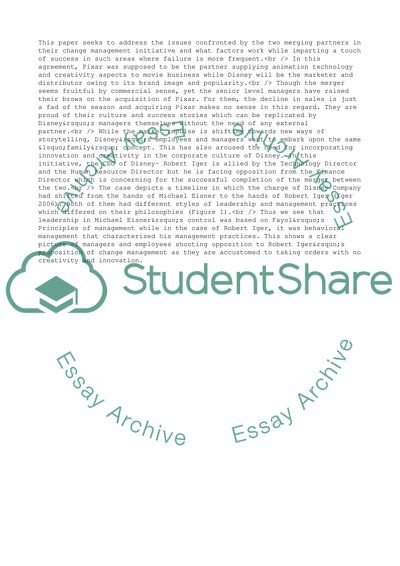Cite this document
(Pixar and Disney Animation Business Term Paper Example | Topics and Well Written Essays - 2000 words, n.d.)
Pixar and Disney Animation Business Term Paper Example | Topics and Well Written Essays - 2000 words. Retrieved from https://studentshare.org/business/1745199-pixar-and-disney
Pixar and Disney Animation Business Term Paper Example | Topics and Well Written Essays - 2000 words. Retrieved from https://studentshare.org/business/1745199-pixar-and-disney
(Pixar and Disney Animation Business Term Paper Example | Topics and Well Written Essays - 2000 Words)
Pixar and Disney Animation Business Term Paper Example | Topics and Well Written Essays - 2000 Words. https://studentshare.org/business/1745199-pixar-and-disney.
Pixar and Disney Animation Business Term Paper Example | Topics and Well Written Essays - 2000 Words. https://studentshare.org/business/1745199-pixar-and-disney.
“Pixar and Disney Animation Business Term Paper Example | Topics and Well Written Essays - 2000 Words”. https://studentshare.org/business/1745199-pixar-and-disney.


